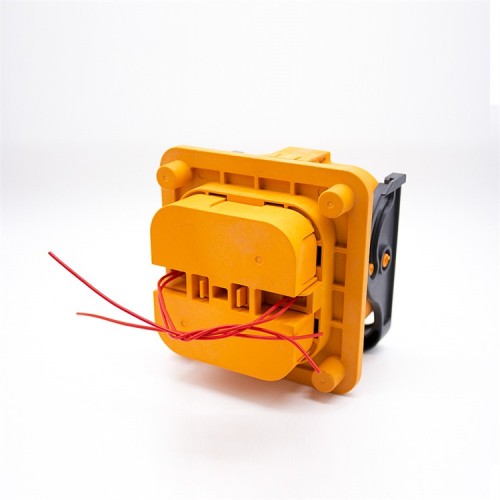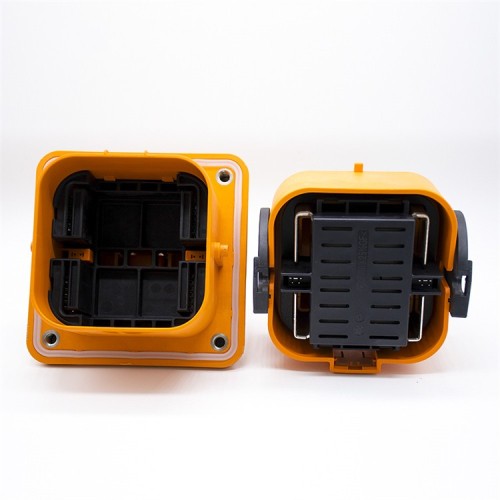
In the new energy vehicle (NEV) industry, precision and safety are non-negotiable. Enter the MSD Sheet—a critical yet often overlooked tool. But what is an MSD Sheet? Short for Modular Safety and Data Sheet, it’s a dynamic document that standardizes safety protocols, component performance data, and compliance metrics for electric vehicle (EV) batteries and systems.
Core Functions of an MSD Sheet
- Unified Safety Standards: MSD Sheets consolidate safety guidelines for lithium-ion batteries, thermal systems, and high-voltage components, ensuring consistent risk management across suppliers and manufacturers.
- Real-Time Data Tracking: Unlike static manuals, MSD Sheets integrate IoT-driven updates, providing live insights into battery health, energy consumption, and environmental impact.
- Regulatory Compliance: Automatically aligns with global standards like UNECE R100 (EV safety) and ISO 26262 (functional safety), simplifying audits and certifications.

Why MSD Sheets Are Vital for NEVs
- Risk Mitigation: By documenting failure modes and mitigation strategies, MSD Sheets reduce recalls and enhance consumer trust.
- Supply Chain Transparency: Manufacturers use MSD Sheets to trace raw materials (e.g., cobalt, nickel) from ethical sources, supporting ESG goals.
- Faster Time-to-Market: Streamlined data sharing between R&D, production, and QA teams accelerates development cycles.
MSD Sheets in Action
Leading EV battery producers now mandate MSD Sheets for every component. For example, a European NEV brand reduced thermal runaway incidents by 40% after implementing MSD Sheets to monitor battery cell interactions in real time.

The Future of MSD Sheets
As NEVs embrace AI and blockchain, MSD Sheets will evolve into “smart” platforms. Predictive analytics could forecast component failures weeks in advance, while blockchain integration ensures tamper-proof data for carbon credit verification.



















Leave a comment